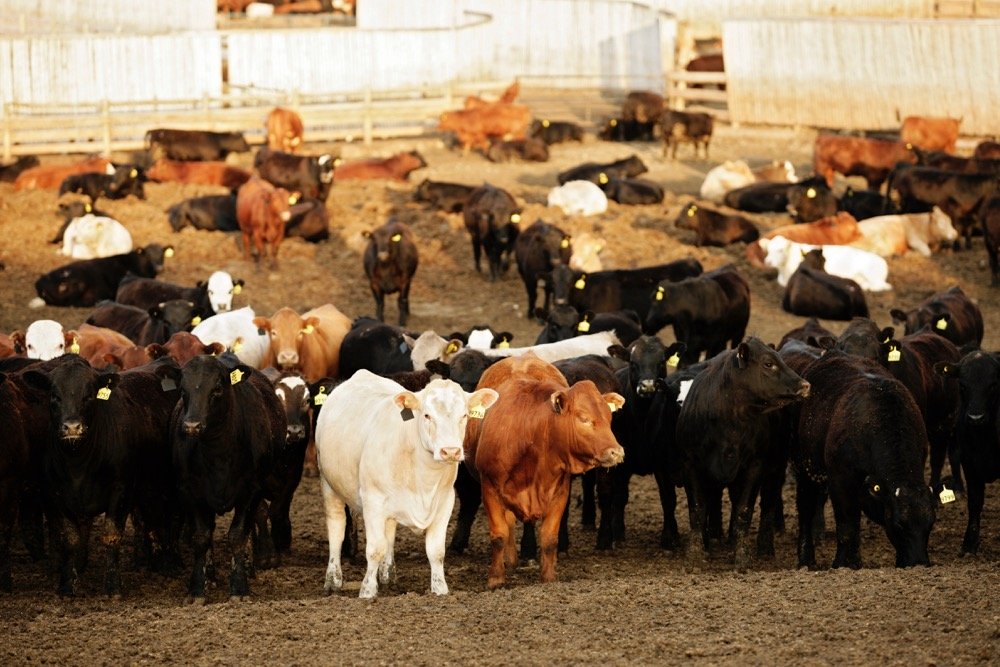Compared to last week, western Canadian feeder cattle prices were relatively unchanged. Lower volumes were on offer across the Prairies and the quality was quite variable at smaller sales. Many auction barns are in summer mode; however, there were decent volumes in the major feeding regions of Alberta.
Strong feedlot demand was evident on quality yearling packages. For example, east of Lethbridge, a package of tan steers weighing 809 lbs. dropped the gavel at $201. The COVID-19 pandemic appears to be history in the feeder market. Some packages were fleshier but discounts were minimal. Feedlot operators appeared to be more aggressive on the 700-850 lb. weight range and this set the price structure. Alberta packers were buying fed cattle in the range of $148-$152 on a live basis, up $2-$4 from last week. Feeding margins remain in negative territory but not as bad as last month. There is renewed optimism with the slaughter pace improving on both sides of the border. The market was hard to define in Manitoba and Saskatchewan, with smaller volumes on offer. Major feedlots in Alberta tended to focus on local cattle and didn’t want to purchase sight unseen.
Read Also

Alberta crop conditions improve: report
Varied precipitation and warm temperatures were generally beneficial for crop development across Alberta during the week ended July 8, according to the latest provincial crop report released July 11.
In central Alberta, a smaller group of mixed steers weighing 915 lbs. were quoted at $170 and the younger brothers weighing 775 lbs. were valued at $199. In the same region, black mixed heifers weighing 925 lbs. sold for $160 and mixed heifers averaging just over 800 lbs. were reported at $174. Near Lethbridge, 780-lb. larger-frame black steers reportedly sold for an astounding $203.
Grass conditions in Alberta are excellent but the eastern half of Saskatchewan and the bulk of Manitoba have received less than 40 per cent of normal precipitation over the past 30 days. North of Calgary, a group of Simmental mixed steers weighing 650 lbs. were valued at $215 and red- and white-faced blended heifers weighing 675 lbs. were quoted at $192. West of Saskatoon, a small group of Charolais-based steers averaging just over 510 lbs. were quoted at $235 while their sisters averaging 520 lbs. reached up to $195. Smaller groups of calves didn’t draw buyers’ attention. For example, a couple of black steers weighing 575 lbs. were reported at $220 in central Alberta.
Last week, I mentioned that the western Canadian feeder market was divorcing from U.S. values. The Canadian feeder market is functioning to ration demand due to tighter supplies, while the U.S. market is functioning to encourage demand due to the backlog of feeder cattle outside feedlots. This Canadian-U.S. feeder price spread could be further enhanced given the burdensome corn fundamentals south of the border.
— Jerry Klassen manages the Canadian office of Swiss-based grain trader GAP SA Grains and Produits Ltd. and is president and founder of Resilient Capital, specializing in proprietary commodity futures trading and market analysis. Jerry consults with feedlots on risk management and writes a weekly cattle market commentary. He can be reached at 204-504-8339 or via his website at ResilCapital.com.















